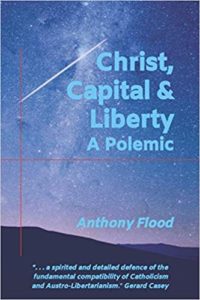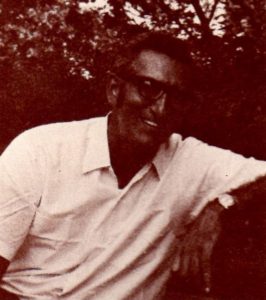A Case of Mistaken Identity?
Rooted in κυριακόν (kyriakon), the English word “church” is the traditional translation of the Greek ἐκκλησία (ekklēsia). We may be practically stuck with it, but it’s a mistranslation, one that reinforces a misnomer at least as unhappy as Columbus’s tagging as “Indians” the aboriginal peoples who got to the Americas before he did.

The word κύριος (kyrios) means “lord”; κυριακόν (kyriakon) is the possessive. How one derives a form of kyriakon from ekklēsia is not only beyond my ken, but also that of many scholars who have noted this lexical curiosity. But we can learn from this misadventure: the discontinuity between the Christian individuals designated in the New Testament as ἐκκλησίαί (ekklēsiai, plural of ekklesia) and the historically identifiable societies we call “churches” is considerable.
The ekklēsiai of the apostolic age (roughly A.D. 33 to 70) were predominantly Jews who believed that Jesus was their prophesied Messiah. During that age believers who not of the seed of Abraham (i.e., “gentiles”) were “grafted in” to Israel on a case-by-case basis (Romans 11:17), sometimes to provoke Jews to jealousy (Romans 11:14). “Gentiles,” those who belonged to other nations (ἔθνη, ethnē, thus our word “ethnic”) were exceptions to a rule. In the New Testament we only have the names of three such exceptions: Cornelius (Acts 10), Titus (Galatians 2:3), and Epaphroditus (Philippians 2:25-30).
By What Authority?
Christ Himself was commissioned with authority (apostellō) only to “the lost sheep of the house of Israel” (Matthew 15 :24). He restricted His disciples’ commission to them as well (Matthew 10:5-6). During the period of the Book of Acts is the history, the Gospel was preached to the Jew first, including the Greek-speaking (Ἕλληνι, Hellēni) Jews of the diaspora, such as Rome’s Jewish community (Romans 1:16).
God-fearing gentiles who stood in the rear of the synagogue as Paul preached were guests. His message was not intended for them. They would be, however, welcomed into fellowship with Jewish Christians if they believed that message and adhered to a few moral and dietary rules so as not to offend their Jewish brethren in Christ (e.g., Acts 15:20).
These non-Jews “besought that these words might be preached to them the next sabbath”—for which “almost the whole city” of Pisidian Antioch turned out the following week (Acts 13:44). When some synagogue leaders took offense at Paul and Barnabas’s outreach, they answered:
It was necessary that the word of God should first have been spoken to you: but seeing ye put it from you, and judge yourselves unworthy of eternal life, lo, we turn to the Gentiles (ἔθνη, ethnē, Acts 13:46).
But that decision was restricted to Pisidian Antioch: in the very next chapter we read that they traveled to Iconium “into the synagogue of the Jews, and so spake, that a great multitude both of the Jews and of the Greeks believed” (Acts 14:1).
That was the only way Jews, Greeks or anyone else were going to hear the Good News in the Acts period: hearing required a preacher, and the preacher had to be commissioned:
. . . how shall they believe in him of whom they have not heard? and how shall they hear without a preacher? And how shall they preach, except they be sent (ἀποσταλῶσιν, apostolōsin)? (Romans 10:14b-15a)

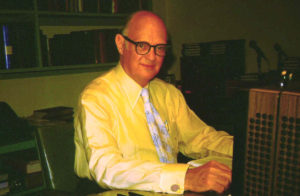
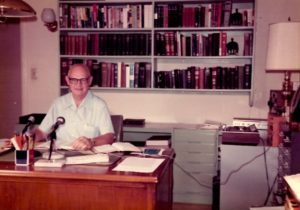

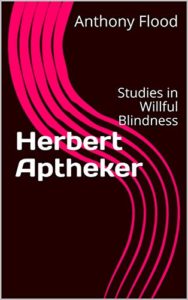 The longest chapter of
The longest chapter of 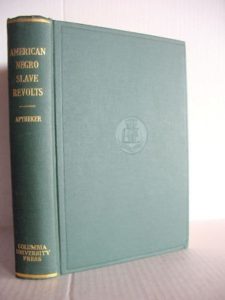

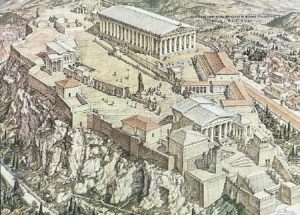 We deny the non-Christian the standing of “objective, disinterested observer,” which standing is generally assumed as in effect in academia.
We deny the non-Christian the standing of “objective, disinterested observer,” which standing is generally assumed as in effect in academia.


